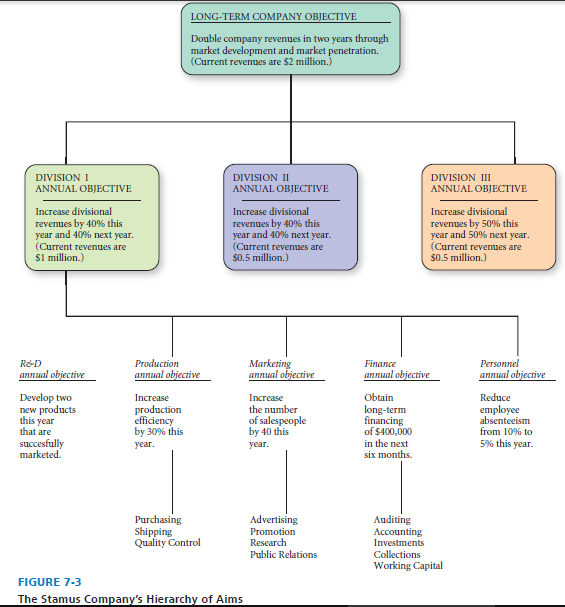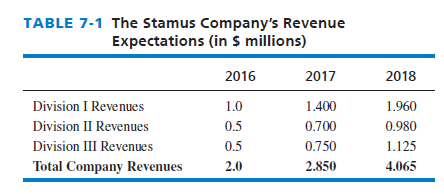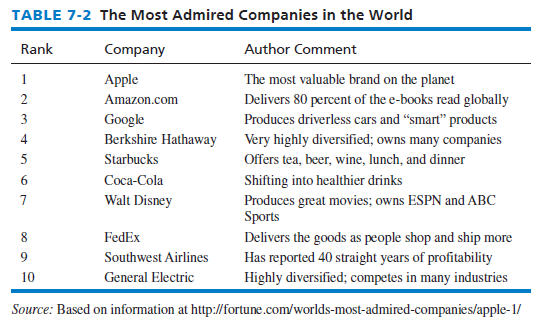Annual objectives are desired milestones an organization needs to achieve to ensure successful strategy implementation. annual objectives are essential for strategy implementation for five primary reasons:
- they represent the basis for allocating resources.
- they are a primary mechanism for evaluating managers.
- they enable effective monitoring of progress toward achieving long-term objectives.
- they establish organizational, divisional, and departmental priorities.
- they are essential for keeping a strategic plan on track.
Considerable time and effort should be devoted to ensuring that annual objectives are well conceived, consistent with long-term objectives, and supportive of strategies to be implemented. active participation in establishing annual objectives is needed for the preceding reasons listed.
Approving, revising, or rejecting annual objectives is much more than a rubber-stamp activity. The purpose of annual objectives can be summarized as follows:
Annual objectives serve as guidelines for action, directing and channeling efforts and activities of organization members. they provide a source of legitimacy in an enterprise by justifying activities to stakeholders. they serve as standards of performance. they serve as an important source of employee motivation and identification. they give incentives for managers and employees to perform. they provide a basis for organizational design.2
Clearly stated and communicated objectives are critical to success in all types and sizes of firms. annual objectives are often stated in terms of profitability, growth, and market share by business segment, geographic area, customer groups, and product. Figure 7-3 illustrates how the Stamus Company could establish annual objectives based on long-term objectives. Table 7-1 reveals associated revenue figures that correspond to the objectives outlined in Figure 7-3. Note that, according to plan, the Stamus Company will slightly exceed its long-term objective of doubling company revenues between 2016 and 2018. Figure 7-3 also reflects how a hierarchy of annual objectives can be established based on an organization’s structure. objectives should be consistent across hierarchical levels and form a network of supportive aims. Horizontal consistency of objectives is as important as vertical consistency of objectives. For instance, it would be ineffective for manufacturing to achieve more than its annual objective of units produced, if marketing could not sell the additional units.


Annual objectives should be measurable, consistent, reasonable, challenging, clear, communicated throughout the organization, characterized by an appropriate time dimension, and accompanied by commensurate rewards and sanctions. These elements are often called the “characteristics of objectives.” Too often, objectives are stated in generalities, with little operational usefulness. Annual objectives, such as “to improve communication” or “to improve performance,” are not clear, specific, or measurable. Objectives should state quantity, quality, cost, and time— and also be verifiable. Terms and phrases such as maximize, minimize, as soon as possible, and adequate should be avoided.
Annual objectives should be supported by clearly stated policies. It is important to tie rewards and sanctions to annual objectives so that employees and managers understand that achieving objectives is critical to successful strategy implementation. Clear annual objectives do not guarantee successful strategy implementation, but they do increase the likelihood that personal and organizational aims can be accomplished. overemphasis on achieving objectives can result in undesirable conduct, such as faking the numbers, distorting the records, and letting objectives become ends in themselves. Managers must be alert to these potential problems.
Based on management activities such as establishing clear annual objectives, Fortune annually ranks companies as the most admired in the world; its recent ranking is revealed in Table 7-2. Note that the top 10 firms are U.S. companies, but two outside-U.S.-headquartered companies made the top 20: BMW (#14) and Singapore Airlines (#18).

Source: David Fred, David Forest (2016), Strategic Management: A Competitive Advantage Approach, Concepts and Cases, Pearson (16th Edition).

I was studying some of your posts on this website and I think this site is real instructive! Keep on putting up.